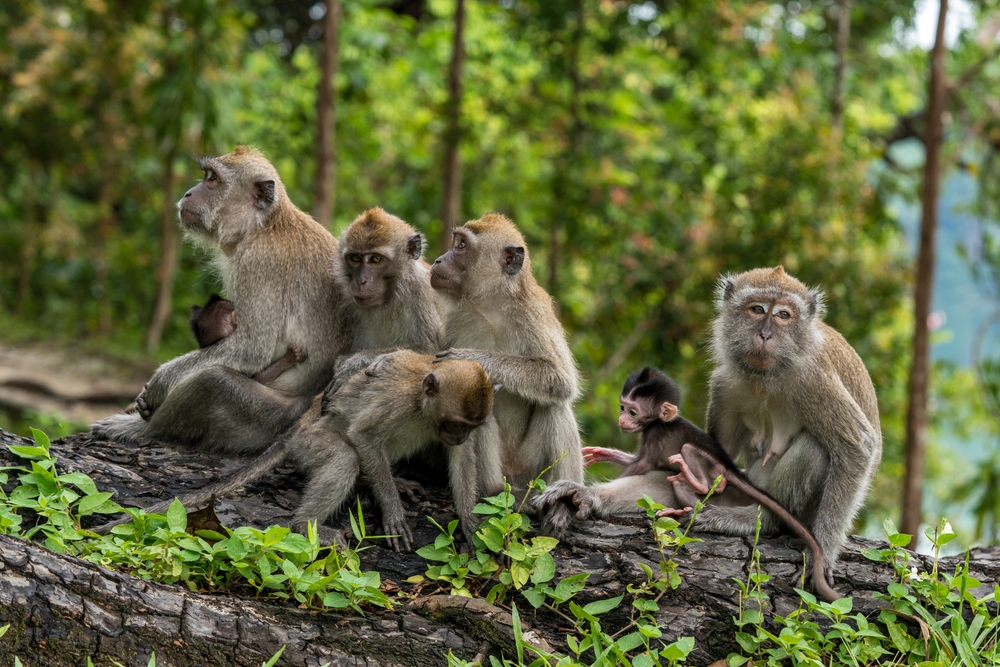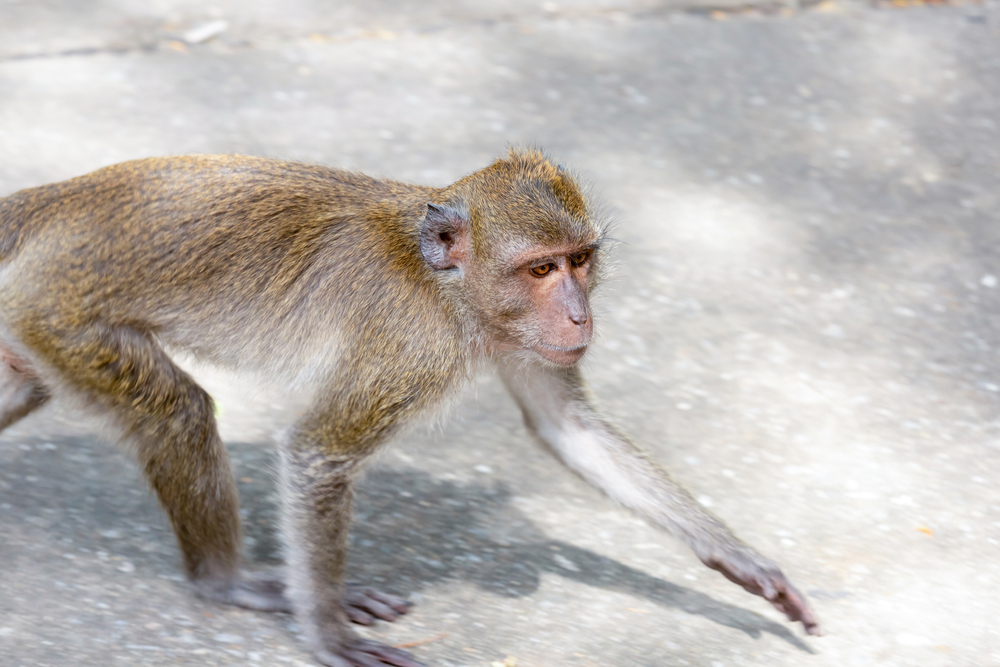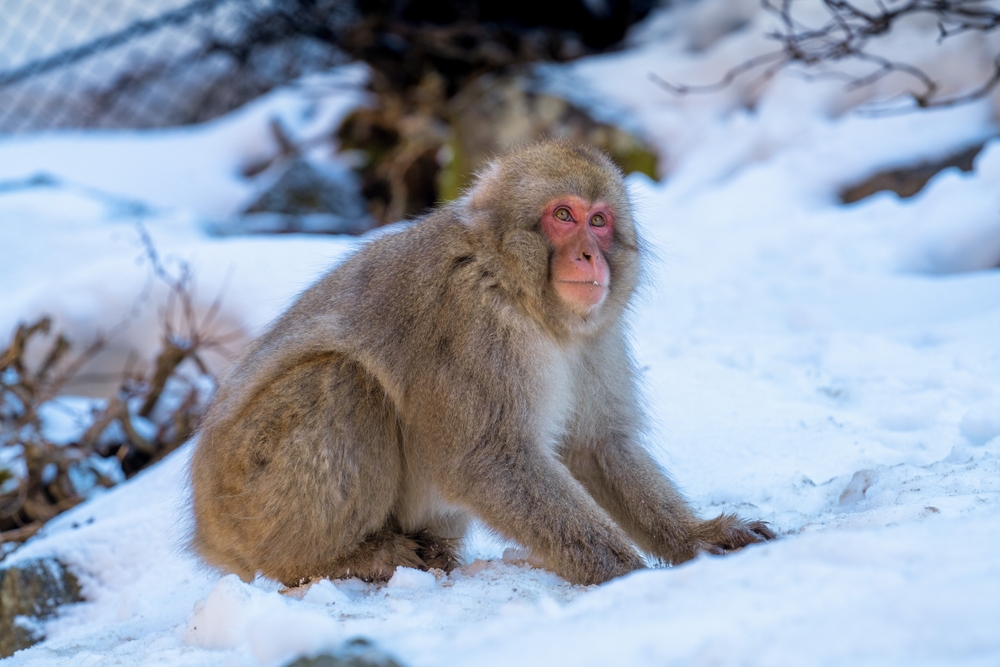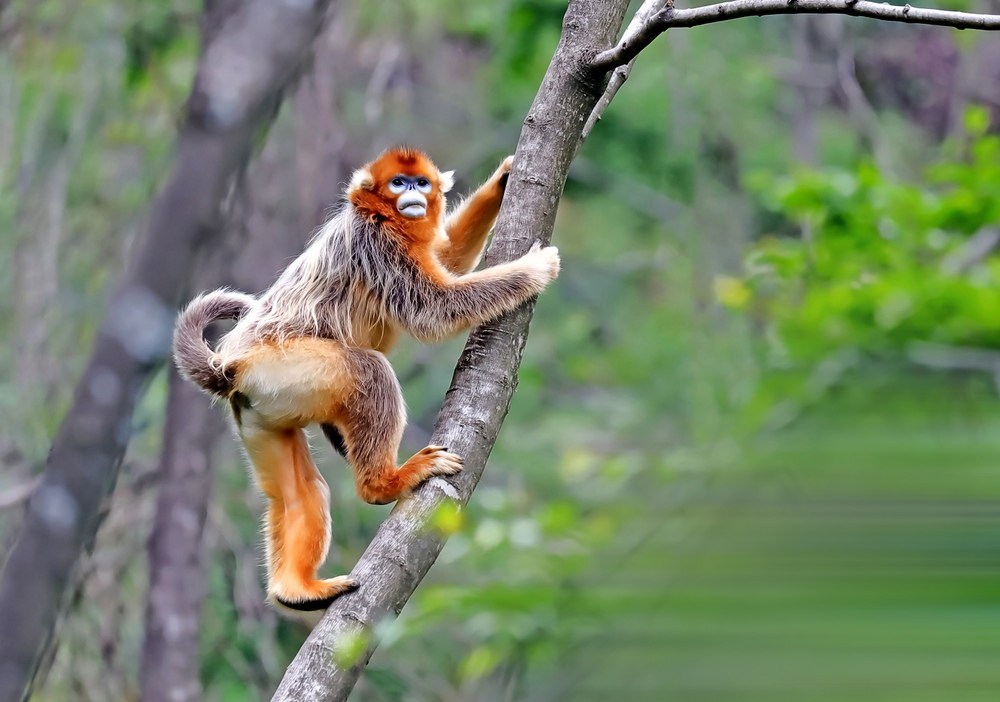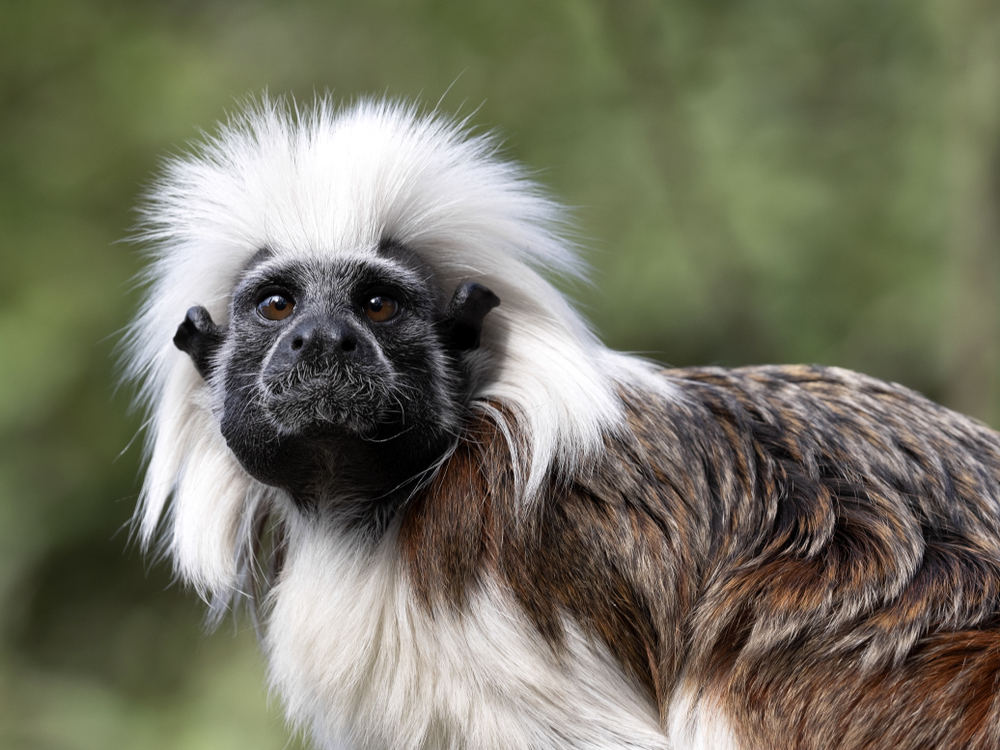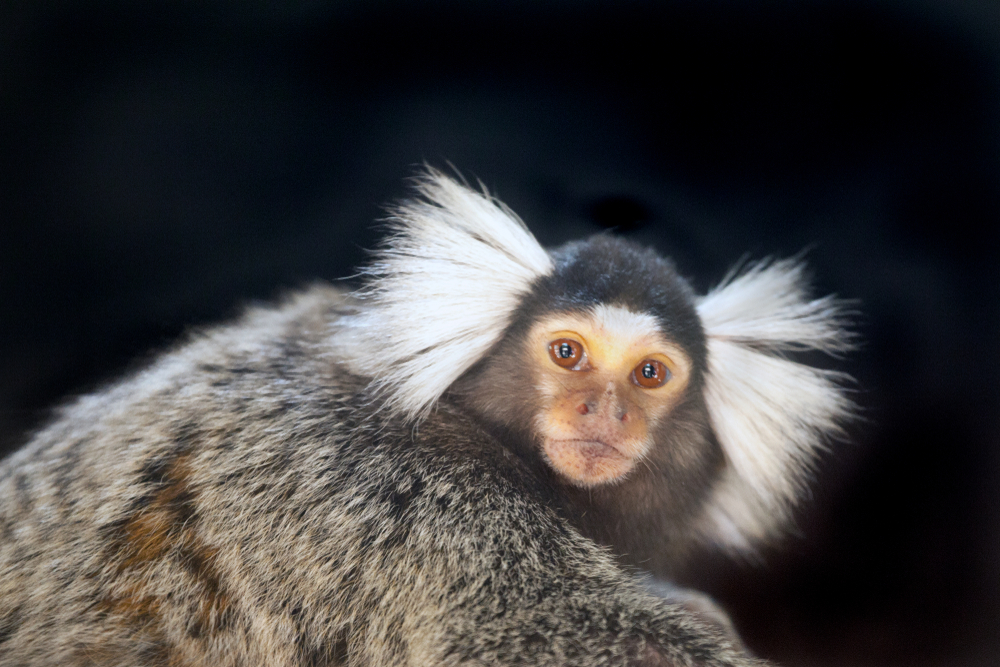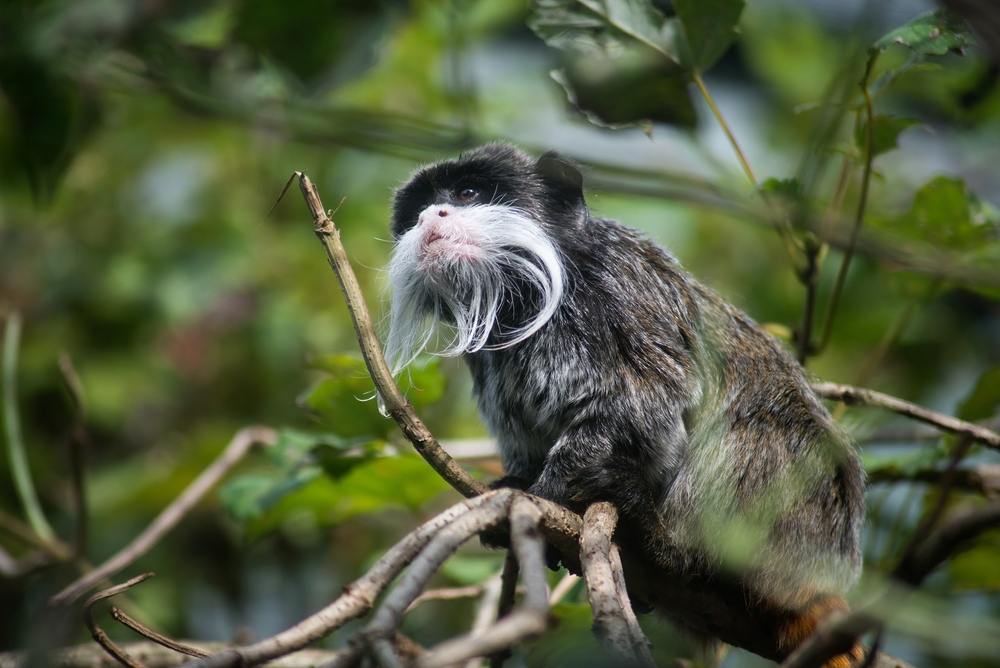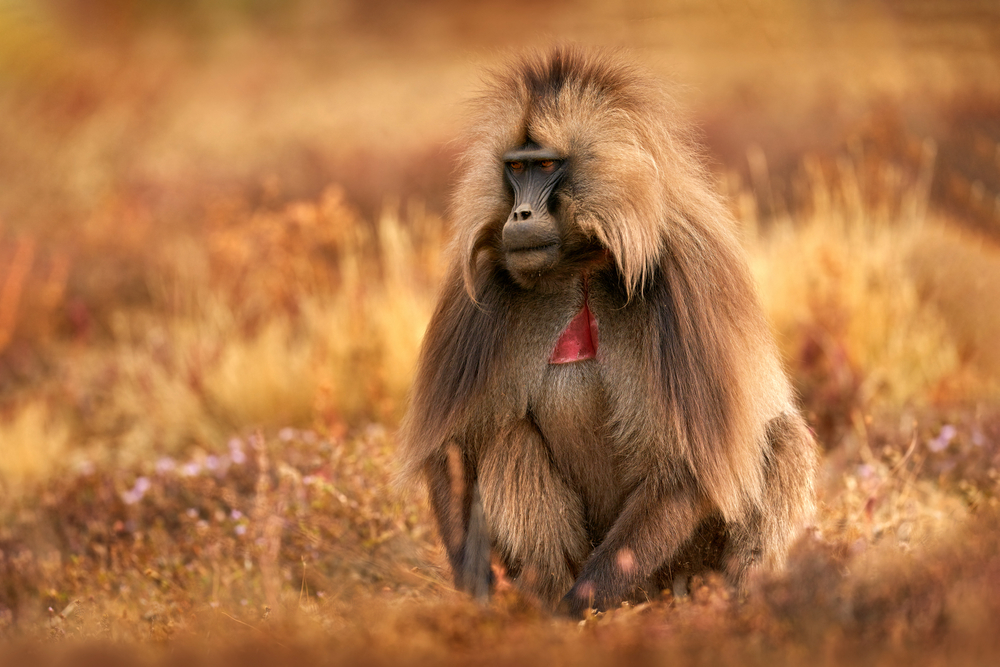The Long-tailed Macaque belongs to the genus Macaca, which includes over 20 macaque species across Asia and North Africa. Its closest relatives include:
🧬 Closely related species:
-
Rhesus Macaque (Macaca mulatta):
-
Shares a recent common ancestor and similar genetics
-
Both species are used extensively in biomedical research
-
Ecologically similar but occupies more temperate regions (e.g., India, Nepal)
-
-
Southern Pig-tailed Macaque (Macaca nemestrina):
-
Shares overlapping range in Southeast Asia
-
More terrestrial, bulkier, and prefers dense forests
-
Has a short tail in contrast to the Long-tailed Macaque’s extended one
-
-
Toque Macaque (Macaca sinica) and Bonnet Macaque (Macaca radiata):
-
Also close relatives in South Asia
-
Differ in skull shape, behavior, and geographic range
-
The rhesus macaque is its closest evolutionary cousin, but behaviorally and ecologically, the Long-tailed Macaque is most closely aligned with other Southeast Asian macaques like the pig-tailed macaque.



































































